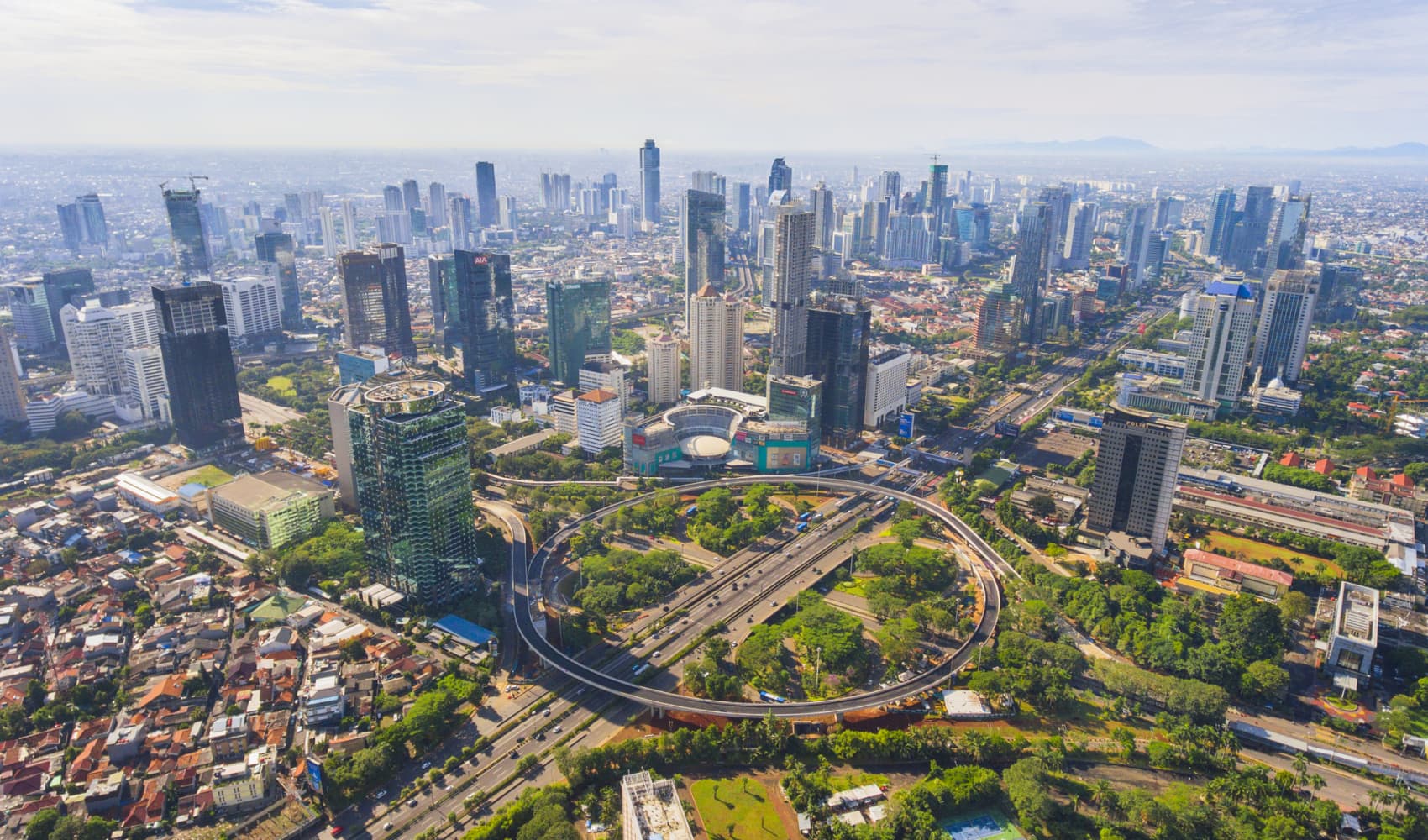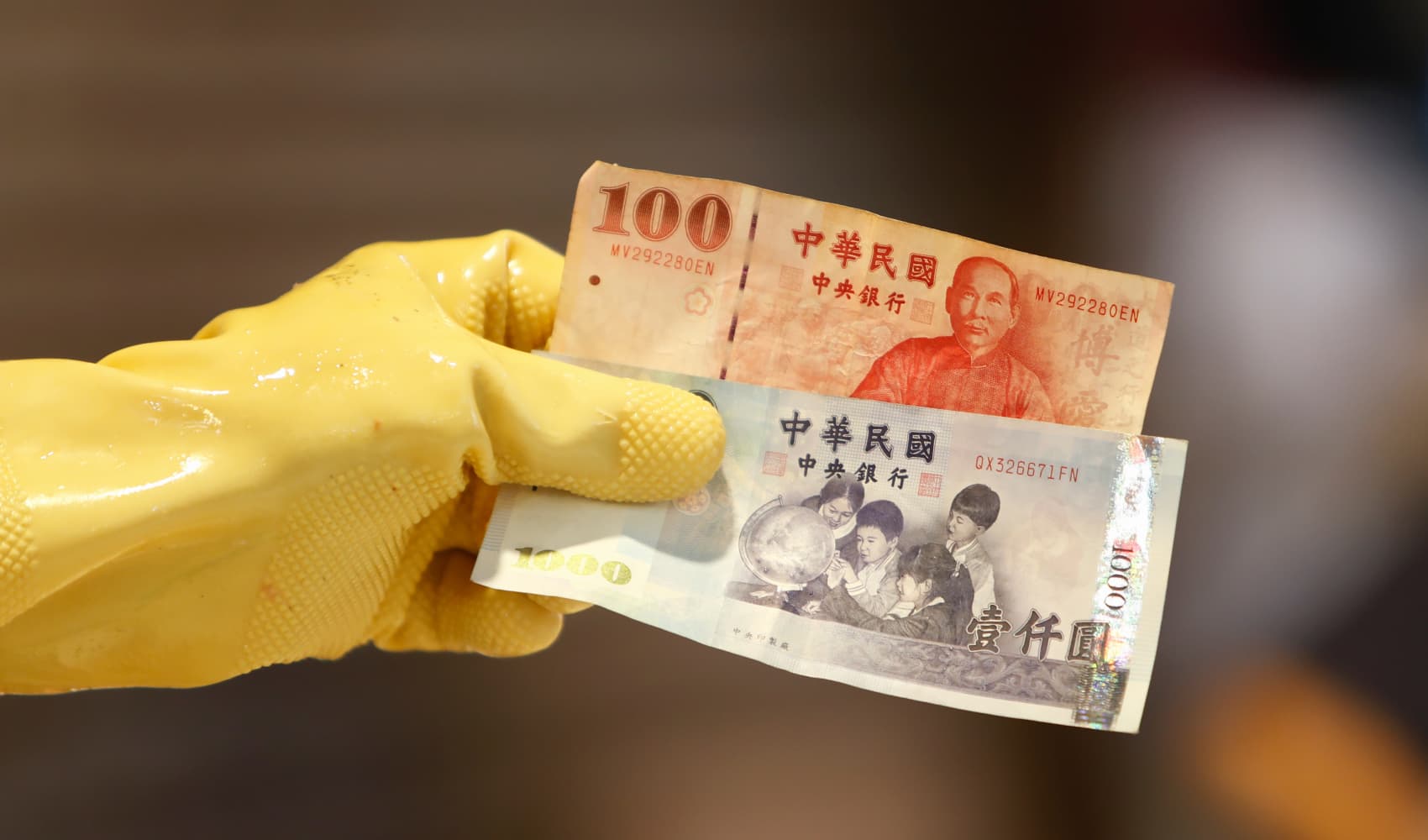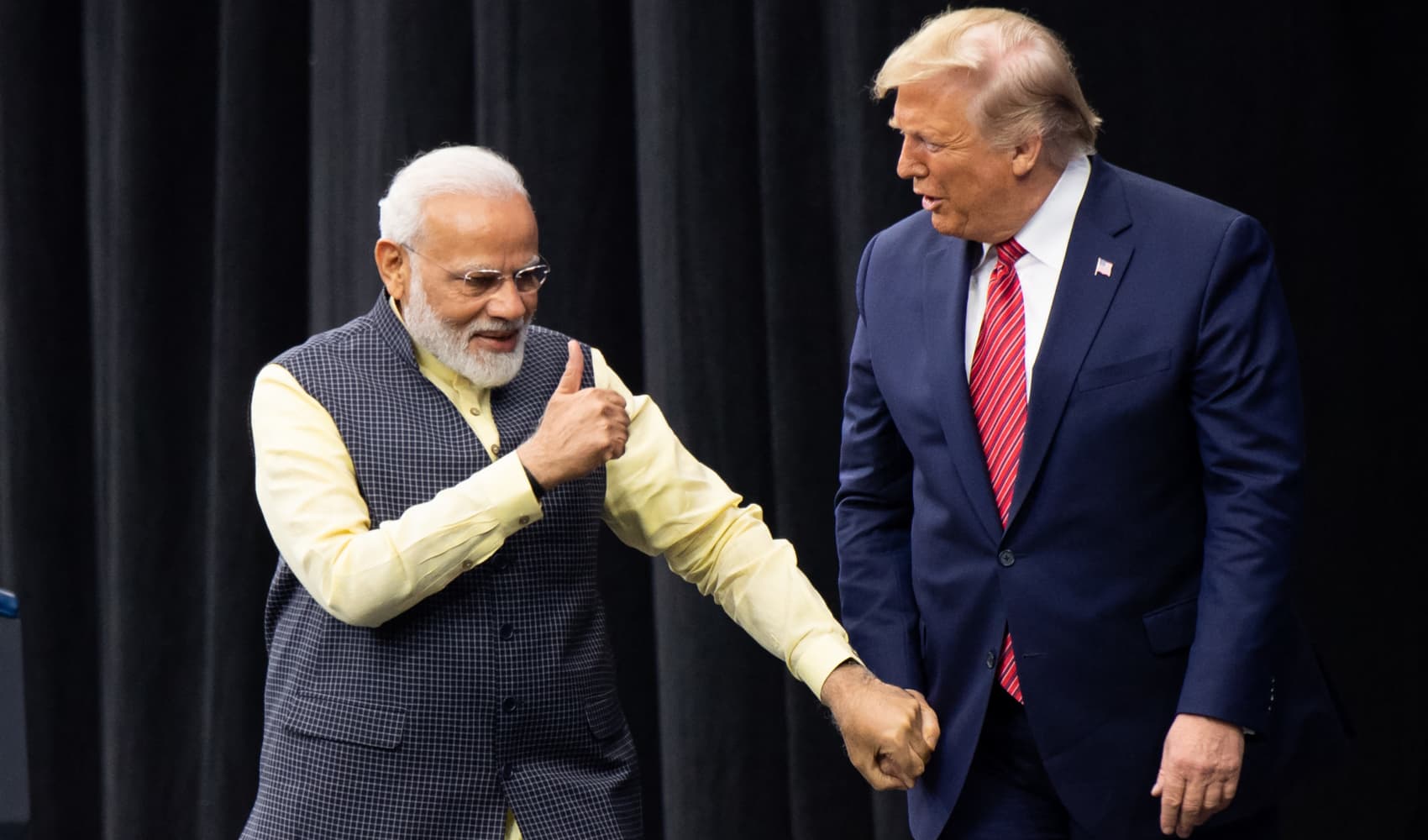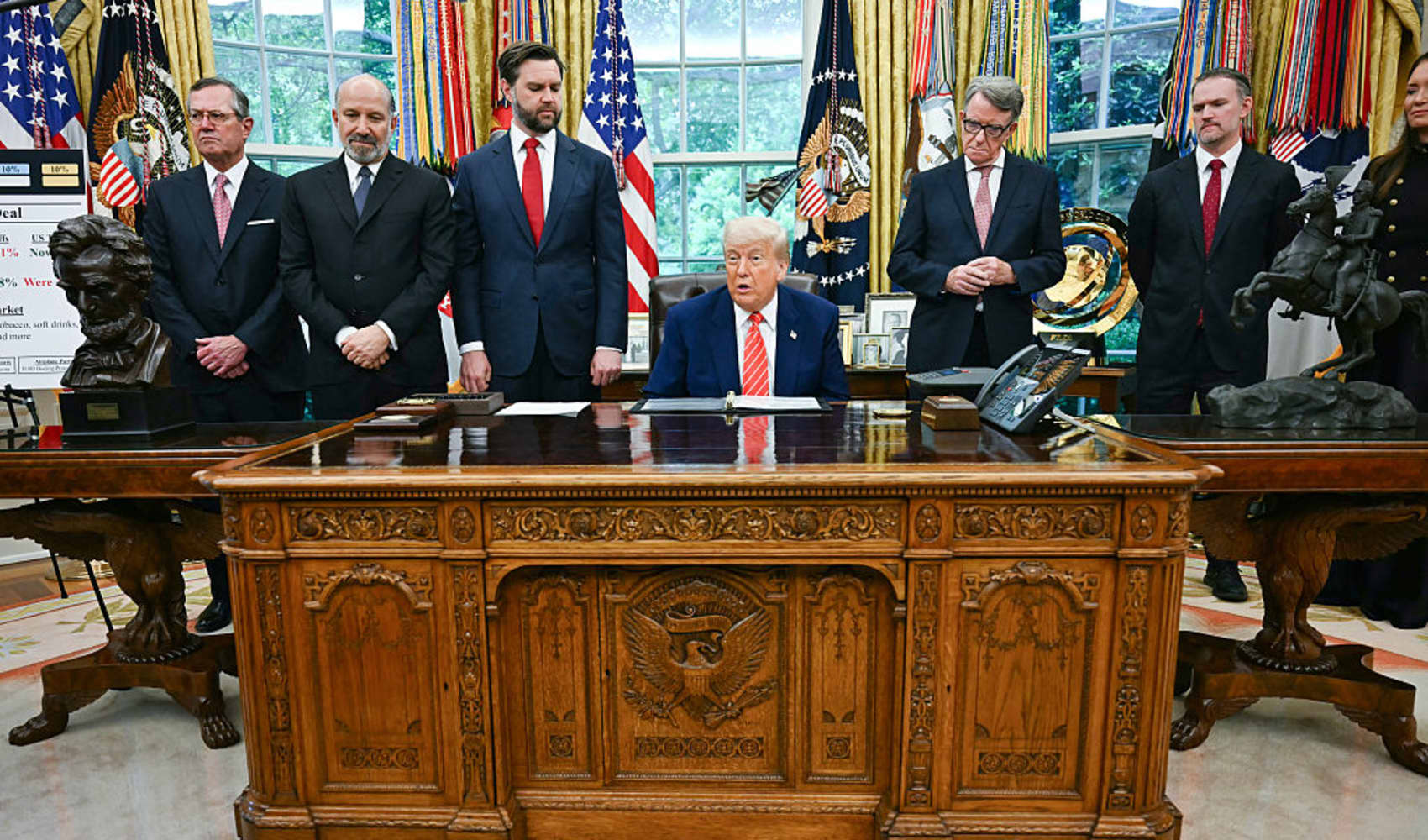Indonesia Imports: Taming the Trade Surplus for US Stability
Indonesia's Bold Trade Move: Importing More to Tame U.S. Surplus
Introduction: A Balancing Act on the Global Stage
Indonesia, a rising economic power in Southeast Asia, is taking a proactive step to reshape its trade relationship with the United States. You see, having a trade surplus isn't always a good thing, especially when it draws the attention of powerful players like, well, the U.S. Finance Minister Sri Mulyani Indrawati recently announced Indonesia's intention to actively "narrow," and even potentially eliminate, its trade surplus with the U.S. But why is this happening, and what does it mean for both countries?
Indonesia's Trade Surplus: A Closer Look
Let's break down the numbers. From January to March, Indonesia enjoyed a $4.32 billion trade surplus with the U.S. That's a significant jump from the $3.61 billion surplus during the same period last year. This increase has put Indonesia in a position where it needs to actively manage its trade relations to avoid potential economic headwinds. Think of it like having too much water in a bucket – eventually, it's going to spill over if you don't find a way to drain some.
Why a Surplus Might Be a Problem
A large trade surplus can sometimes be seen as a sign of unfair trade practices or an undervalued currency. It can also attract unwanted attention, such as tariffs or other trade restrictions. It's all about perception on the global stage. Plus, while beneficial in the short term, persistently large surpluses can create imbalances that are not sustainable in the long run. It's like eating too much sugar – it tastes great at first, but the long-term effects aren't pretty.
The Trump Effect: Tariffs and Trade Adjustments
We can't ignore the elephant in the room: former U.S. President Donald Trump's use of tariffs. His administration's aggressive trade policies pushed many countries, including Indonesia, to re-evaluate their trade balances with the U.S. Countries began seeking ways to either reduce their surpluses or negotiate favorable terms to minimize the impact of potential duties on their exports. It's like a game of chess – you have to anticipate your opponent's moves and adjust your strategy accordingly.
Indonesia's Strategy: Import, Import, Import!
So, how does Indonesia plan to shrink its trade surplus? The answer is simple: import more goods from the United States. By increasing its imports, Indonesia aims to balance the flow of goods and services between the two countries. Think of it as leveling the playing field – making sure both sides are benefiting from the trade relationship.
What Will Indonesia Import?
The specific goods Indonesia plans to import are yet to be fully detailed, but we can expect a focus on sectors where the U.S. has a competitive advantage. This could include high-tech products, agricultural goods, machinery, and potentially even energy resources. It is a smart move to help stimulate growth in key sectors. It's like choosing the right ingredients for a recipe – you need the best quality to create a delicious dish.
The Bigger Picture: Trade's Impact on GDP
Finance Minister Indrawati also highlighted that trade with the U.S. accounts for less than 2% of Indonesia's gross domestic product (GDP). While important, it's not the dominant factor in Indonesia's overall economic performance. This suggests that Indonesia has some flexibility in adjusting its trade policies without significantly impacting its overall economy. It's like adjusting a single ingredient in a recipe – it might change the flavor slightly, but it won't ruin the whole dish.
A Geopolitical Balancing Act
Indonesia's decision is not purely economic. It also reflects a strategic approach to maintaining positive diplomatic relations with the U.S. In a world of shifting alliances and complex geopolitical dynamics, strong trade ties can contribute to a more stable and cooperative relationship. It's like nurturing a friendship – investing time and effort to build a strong and lasting bond.
The Potential Benefits for Indonesia
Importing more from the U.S. could bring several benefits to Indonesia. It could boost domestic industries by providing access to advanced technologies and high-quality products. It could also lead to lower prices for consumers and increased competition, ultimately benefiting the Indonesian economy. Think of it as adding new tools to your toolbox – helping you tackle a wider range of challenges.
The Potential Benefits for the United States
Obviously, the U.S. stands to gain from this as well. Increased exports to Indonesia would support American businesses and create jobs. It would also strengthen the U.S.'s position as a key trading partner in the strategically important Southeast Asian region. This represents a potential win-win scenario for both countries.
Navigating Trade Tensions: A Global Challenge
Indonesia's situation reflects a broader global trend: countries are increasingly aware of the need to carefully manage their trade relationships to avoid trade wars and maintain economic stability. It's a challenging environment, requiring careful planning and strategic decision-making. It's like navigating a turbulent sea – you need a steady hand and a clear sense of direction.
Beyond Tariffs: A Focus on Collaboration
Instead of relying solely on tariffs, Indonesia's approach emphasizes collaboration and negotiation. By actively seeking to balance its trade with the U.S., Indonesia is signaling its willingness to work within the existing trade framework and address concerns about trade imbalances. It's like choosing diplomacy over conflict – seeking peaceful solutions through dialogue and cooperation.
Long-Term Sustainability: Building a Balanced Trade Relationship
Indonesia's goal is not just to eliminate its trade surplus in the short term, but to build a more sustainable and balanced trade relationship with the U.S. in the long run. This requires ongoing dialogue, flexibility, and a commitment to fair trade practices. It's like building a house – you need a solid foundation and a long-term plan to ensure it lasts.
The Role of Indonesian Policymakers
Ultimately, the success of Indonesia's plan will depend on the effectiveness of its policymakers. They will need to carefully identify the sectors where increased imports from the U.S. would be most beneficial, negotiate favorable trade terms, and ensure that Indonesian businesses are prepared to compete in a more open market. It's like conducting an orchestra – the conductor needs to guide the musicians to create a harmonious performance.
Potential Challenges and Obstacles
Of course, there will be challenges along the way. Increased imports could face resistance from domestic industries that fear competition. Political considerations could also complicate the process. It's like climbing a mountain – you're bound to encounter obstacles and setbacks, but you need to stay focused on your goal.
Looking Ahead: Monitoring the Impact
It will be crucial to monitor the impact of Indonesia's policies on its trade balance with the U.S., its overall economic growth, and its relations with other trading partners. Regular assessments and adjustments will be necessary to ensure that the strategy remains effective and aligned with Indonesia's long-term economic goals. This requires diligence and adaptability.
Conclusion: A Proactive Approach to Global Trade
Indonesia's plan to import more from the U.S. to reduce its trade surplus is a bold and proactive move. It reflects a strategic approach to managing trade relations, maintaining positive diplomatic ties, and fostering sustainable economic growth. By actively addressing trade imbalances, Indonesia is positioning itself as a responsible and engaged player in the global economy. While challenges remain, the potential benefits for both Indonesia and the U.S. are significant. It shows that even in today's complex geopolitical climate, smart diplomacy and economic strategy can work hand-in-hand.
Frequently Asked Questions (FAQs)
Here are some frequently asked questions about Indonesia's trade plans:
- Q: Why is Indonesia trying to reduce its trade surplus with the U.S.?
A: To avoid potential trade tensions and maintain positive relations with the U.S., especially in light of past tariff actions. - Q: What types of goods will Indonesia likely import more of from the U.S.?
A: Potentially high-tech products, agricultural goods, machinery, and energy resources, but specific details are still emerging. - Q: How much of Indonesia's GDP is tied to trade with the U.S.?
A: Less than 2%, providing Indonesia with some flexibility in adjusting its trade policies. - Q: What are the potential benefits for Indonesia of importing more from the U.S.?
A: Access to advanced technologies, lower consumer prices, and increased competition, ultimately boosting its own economy. - Q: Will this plan face any challenges?
A: Yes, potential resistance from domestic industries fearing competition and the complexities of navigating political considerations.




